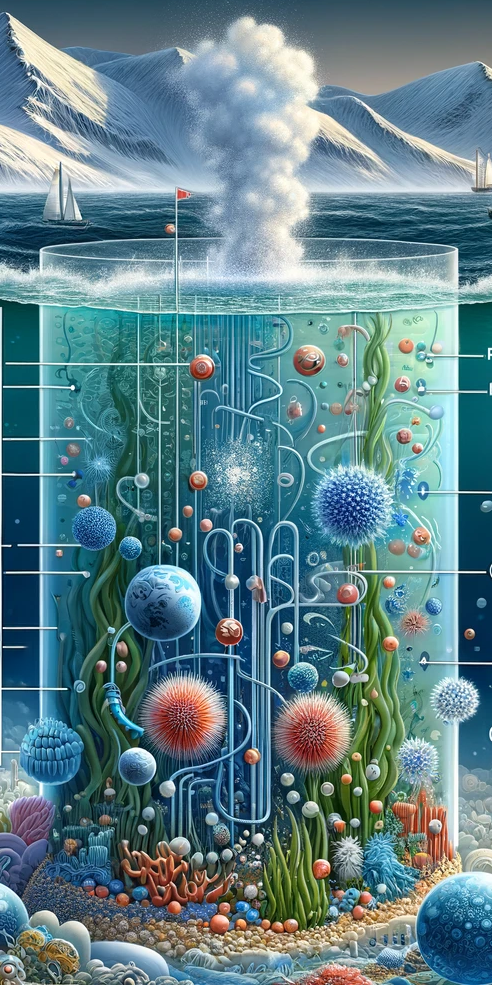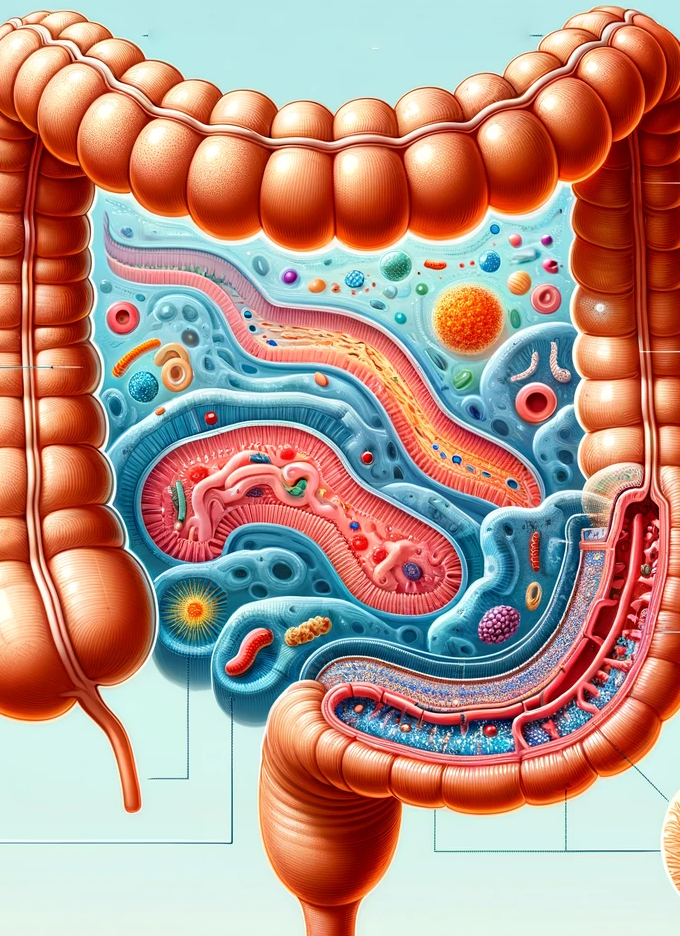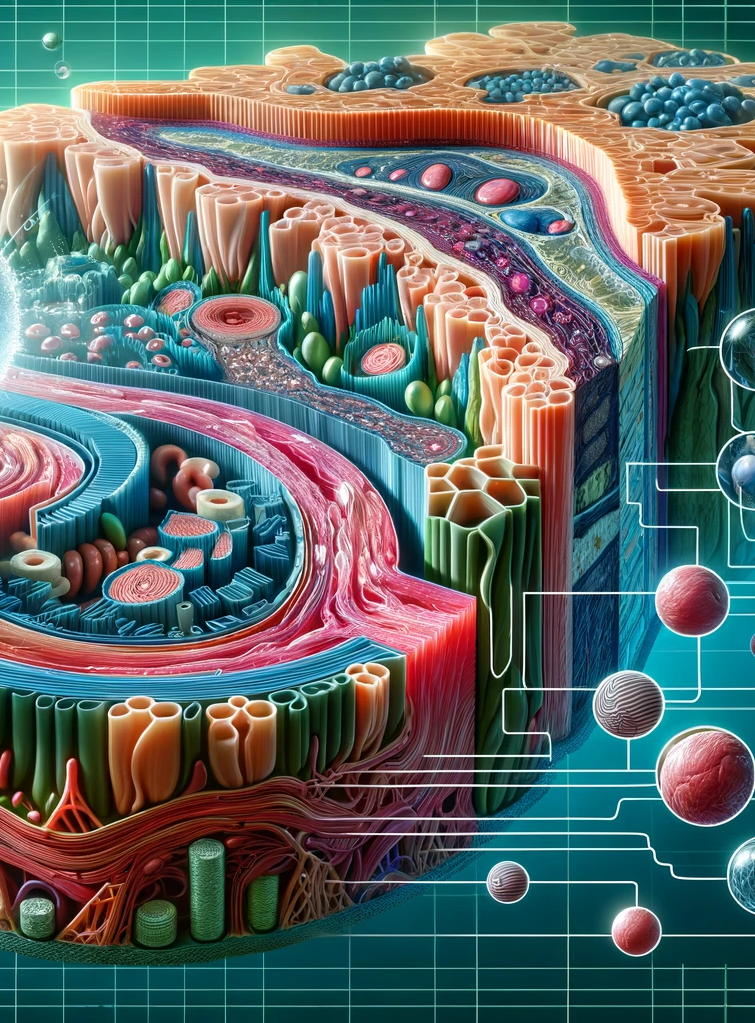Compositional Systems Biology
Our approach in compositional systems biology aims to build a scalable, open-ended framework for integrating data and submodels into comprehensive, multiscale models. This approach emphasizes the interfaces and interconnections between different subsystems, focusing on the following key requirements:
- Composition Framework: Establishing standardized interfaces and orchestration patterns for integrative multiscale simulations.
- Composition Schema: Providing robust, consistent formats for data and model integration to ensure seamless communication and control flows.
- Compositional Software: Developing an open-source ecosystem of modular software that adheres to the standardized schema, facilitating flexible addition, removal, and modification of components.
- Biological Schema: Creating reusable definitions for systems such as cellular interfaces and molecular mechanisms, enabling detailed models of biological processes.
- Scientific Collectives: Fostering collaboration among researchers to build and share knowledge through integrative multiscale models, enhancing data and model integration across scientific consortia.
By emphasizing the composition of models, software, schemas, and research efforts, this framework facilitates the integration of diverse biological data and models, ensuring scalability and continuous improvement with new scientific contributions.
Ocean Microbiome
Our research in ocean microbiomes is centered on connecting genome-scale metabolic models of bacteria and plankton to biogeochemical models of the water column. This integration aims to quantify the impact of microbial activities on climate. Key aspects include:
- Metabolic Modeling: Developing detailed models of microbial metabolism to understand the functional capabilities of ocean bacteria and plankton.
- Biogeochemical Integration: Linking these metabolic models to biogeochemical cycles in the water column to assess nutrient and carbon fluxes.
- Climate Impact: Quantifying how microbial processes influence global climate patterns through their roles in carbon sequestration and nutrient cycling.
This work is conducted in collaboration with the Center for Chemical Currencies of a Microbial Planet at the Woods Hole Oceanographic Institution.

Gut Microbiome
Our gut microbiome research, conducted by UConn PhD students and undergrads within the Agmon lab, focuses on creating a comprehensive spatial dynamical model of the human intestines. Key research areas include:
- Ecological Niches: Quantifying the various niches within the intestines and their unique microbial communities, and the spatially structured environment with flows driven by peristalsis.
- Microbial Interactions: Exploring how different microbes interact and coexist, from molecular networks to whole-gut physiology, including interactions between microbes and host cells, such as mucus production by goblet cells.
- Layered Complexity: Addressing the hierarchical complexity and diverse interactions within the gut microbiome.
- Dynamic Modeling: Beginning with stoichiometric modeling, adding multi-species interactions, and incorporating processes like digestion and absorption.
- Multi-Omics Data Integration: Incorporating multi-omics data to build detailed spatial models of the gut environment.
Our goal is to integrate diverse datasets and uncover the complex microbial interactions that influence gut health and disease.

Virtual Tissue Framework
Our virtual tissue research focuses on developing a general framework for virtual tissue simulations. This framework supports a standard format and integrates various data types and simulation methods, allowing for:
- Multiscale Data Integration: Synthesizing high-dimensional biological data, from molecular to organ scales, into cohesive and dynamic models.
- Dynamic Functional Models: Transforming static spatial maps into functional simulations by adding layers of dynamic biological mechanisms, such as mucus production and metabolic interactions.
- Interdisciplinary Applications: Facilitating research in regenerative medicine, cancer research, and developmental biology by providing a versatile tool for simulating complex tissue interactions and functions.

